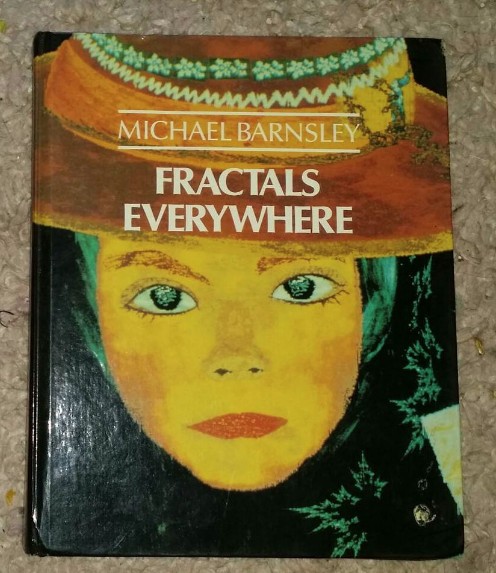Summary
"This book is based on a course called
'Fractal Geometry' which has been taught in the School of
Mathematics at Georgia Institute of Technology for two years.
'Fractals Everywhere' teaches the tools, methods, and theory of
deterministic geometry. Ti is useful for describing specific
objects and structures. Models are represented by succint
'formulas.' Once the formula is known, the model can be reproduced.
we do not consider statistical geometry. The latter aims at
discovering general statistical laws which govern families of
similar-looking structures, such as all cumulus clouds, all maple
leaves, or all mountains. In deterministic geometry, structures are
defined, communicated, and analysed, with the aid of elementary
transformations such as affine transformations, scalings,
rotations, and congruences. A fractal set generally contains
infinitely many points whose organization is so complicated that it
is not possible to describe the set by specifying directly where
each point in it lies. Instead, the set may be define by 'the
relations between the pieces.' It is rather like describing the
solar system by quoting the law of gravitation and stating the
initial conditions. Everything follows from that. It appears always
to be better to describe in terms of
relationships."





